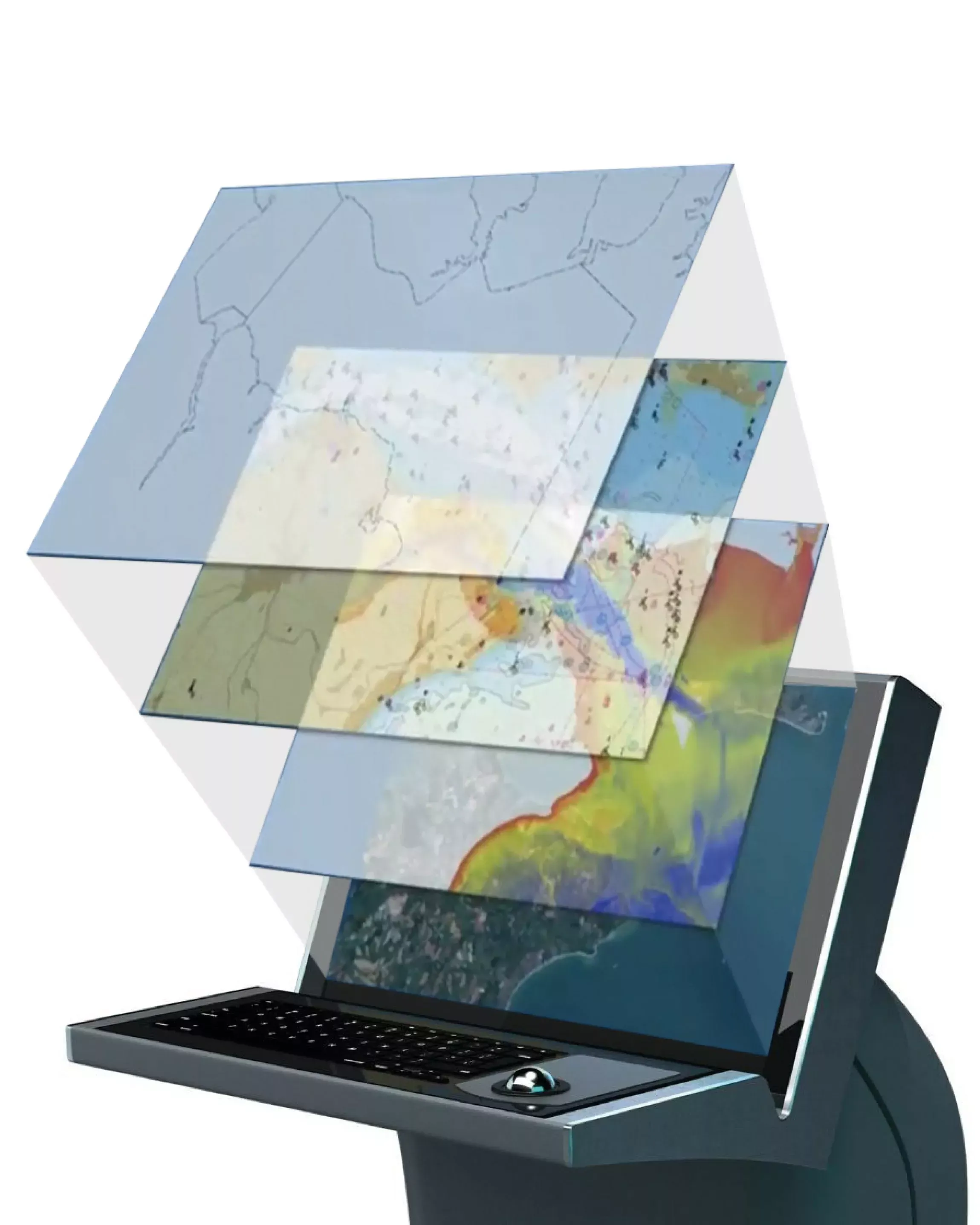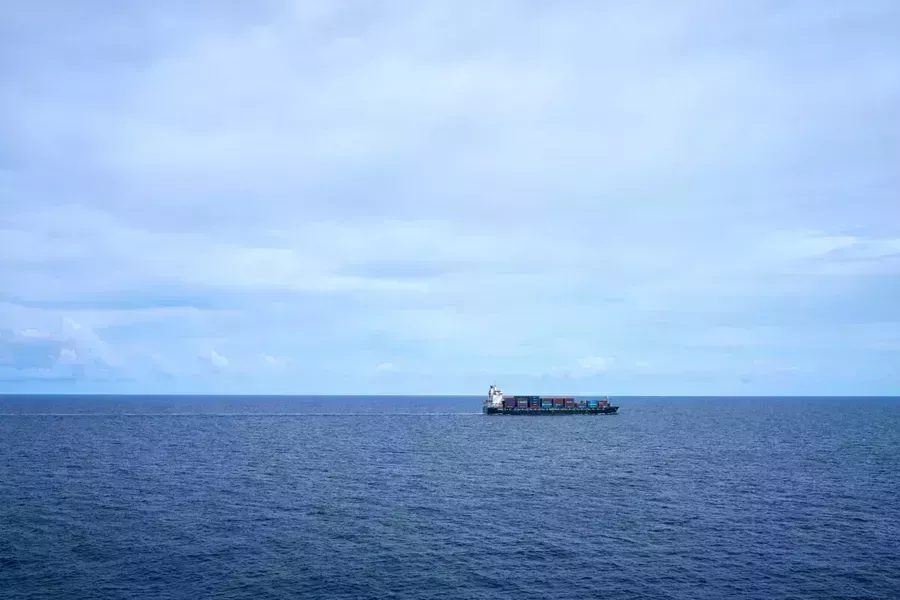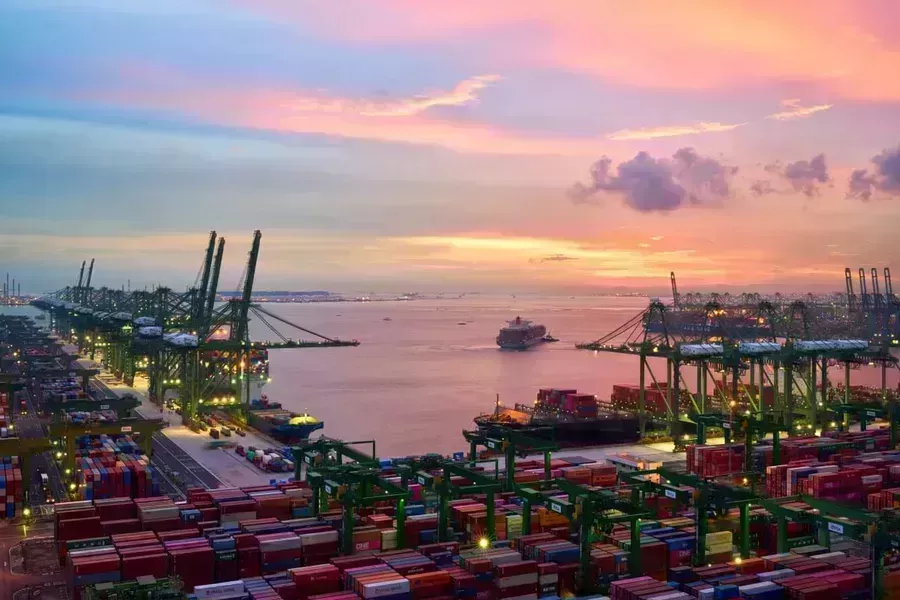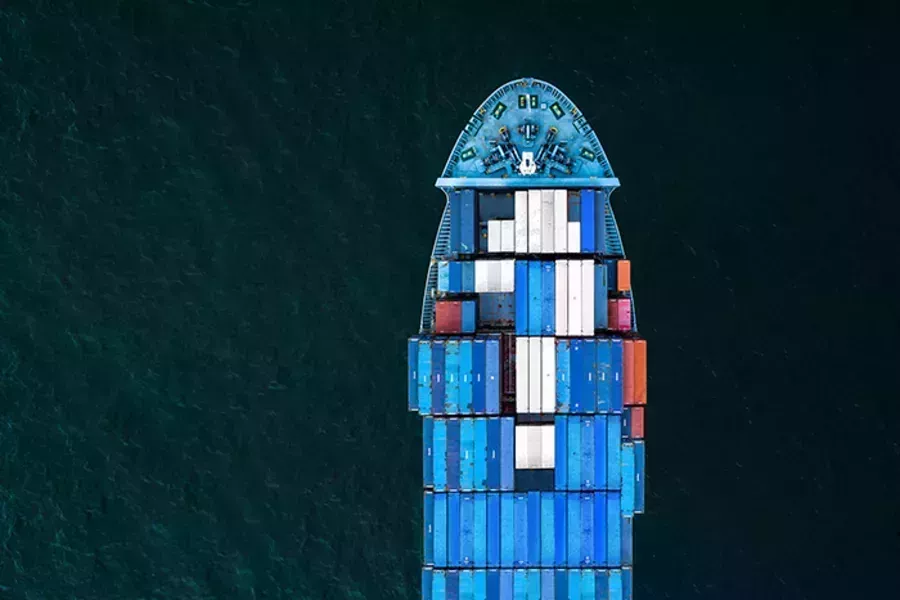What is voyage optimisation?
Voyage optimisation describes the need for vessels to navigate more efficiently, supporting efforts to reduce greenhouse gas emissions while maintaining safe and compliant operations. With the International Maritime Organization (IMO) setting targets to cut annual greenhouse gas emissions in half by 2050, the shipping industry is exploring new ways to overcome inefficiencies and optimise voyages in support of these important decarbonisation goals.

What is ‘Sail Fast Then Wait’?
One of the biggest sources of operational inefficiency within the shipping industry is that of ‘sail fast, then wait’ (SFTW), where vessels steam to their destination only to spend days at anchor due to terminal readiness and berth availability. This wasteful consumption of fuel not only incurs additional cost for shipping companies but has an even more harmful impact on the environment.
Eradicating SFTW will allow ships to lower their speed, thereby reducing the carbon footprint of the maritime industry by approximately 15% (according to the Blue Visby Consortium, based on figures for 2019). This is something that many emerging initiatives, including the Blue Visby Solution, seek to address by improving the synchronisation and optimisation of ocean passages, as well as the adoption of ‘Just-in-Time’ arrivals.
What are ‘Just-in-Time’ arrivals?
According to the International Maritime Organization (IMO), a ‘Just-in-Time arrival’ describes “a ship that has sailed to a port with the least amount of bunker fuel consumed, but still arriving in time”.
Currently, the process of making a port call is not very efficient; ships may rush to the next port, only to find that due to various reasons they cannot dock, such as another ship occupying the berth, or cargo not being available. This results in ships having to idle outside the port for long periods or move very slowly while waiting for the availability of the necessary services.
Moving to a model of Just-in-Time arrivals could wield significant benefits, including improved safety, reduced emissions, cost savings and better planning capacity. Just-in-Time arrivals would enable a ship to adjust and optimise its speed during its voyage, reducing greenhouse gas emissions from sailing faster than required and from potentially waiting to enter port - reducing the environmental and economic inefficiencies of ‘sail fast then wait’.
In fact, analysis undertaken by the IMO’s Global Industry Alliance and the Port of Rotterdam calculated that if all incoming container ships calling at the Port of Rotterdam in 2018 had known when a pilot would board 12 hours in advance, shipping emissions in the last 12 hours of the voyage could have been reduced by 4% - demonstrating the tangible impact of timely data.

The role of data in enabling industry decarbonisation
To enable the transition towards voyage optimisation, reliable and timely data is critical. In support of the collaborative effort to reduce emissions and fuel burn, shipowners and mariners need up-to-date information to be able to effectively monitor their activities, optimise their performance and make informed decisions about how they operate. To this end, high-quality, interoperable and standardised data will be key.
Emerging data products, underpinned by the International Hydrographic Organization's S-100 data standards, will go a long way to support the industry in its decarbonisation ambitions. S-100 data standards provide a set of guidelines that define how nautical information is structured, encoded, and exchanged between systems. They are intended to provide a common framework for the exchange of marine data, making it easier for organisations to share a wide range of information types, including nautical charts, bathymetric data, surface currents, water levels, and more.
By having more granular and timely data on the ocean environment and its conditions, this will provide the basis for more efficient decisions around navigation, cargo loading, and port entry and exit. The resulting operational efficiencies can not only provide economic benefit for shipping companies, but crucially, will help reduce emissions.
Supporting decarbonisation initiatives
The UKHO understands the important role data can play in supporting industry-wide decarbonisation efforts.
We are actively collaborating to develop and implement new solutions underpinned by S-100 data standards to unlock greater insight and leverage the power of marine geospatial data to support operational efficiencies.
We are also committed to supporting emerging decarbonisation and voyage optimisation initiatives by working together with the maritime community to support the future of shipping and achieve our shared goals.
Read more about how we are supporting sustainability
S-57 to S-101: Explaining the IHO standards for ECDIS
Find out more about the new and existing IHO standards for ECDIS and why they’re so crucial to ensure safe and efficient navigation at sea.
New HD ENCs available in ADMIRALTY Vector Chart Service
Eleven new 'high density' Electronic Navigational Charts (HD ENCs) are available through ADMIRALTY Vector Chart Service (AVCS).
The future of navigation relies on enhanced connectivity
High-speed, low-latency networks are vital to improving data exchange, ship-to-shore communications, and safety at sea.
S-100 trial data sets
In support of the development, testing and use of future S-100 products and services, we’ve created a range of S-100 trial data sets that are free to download.




